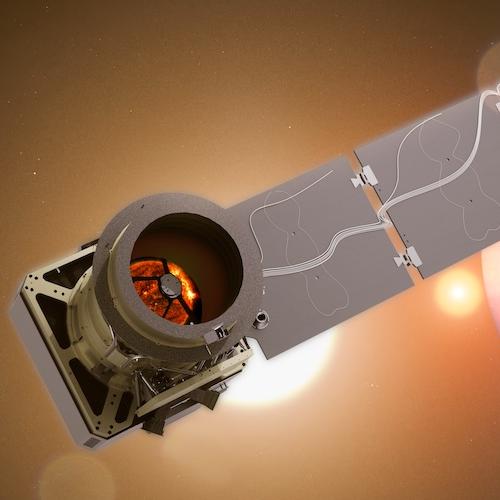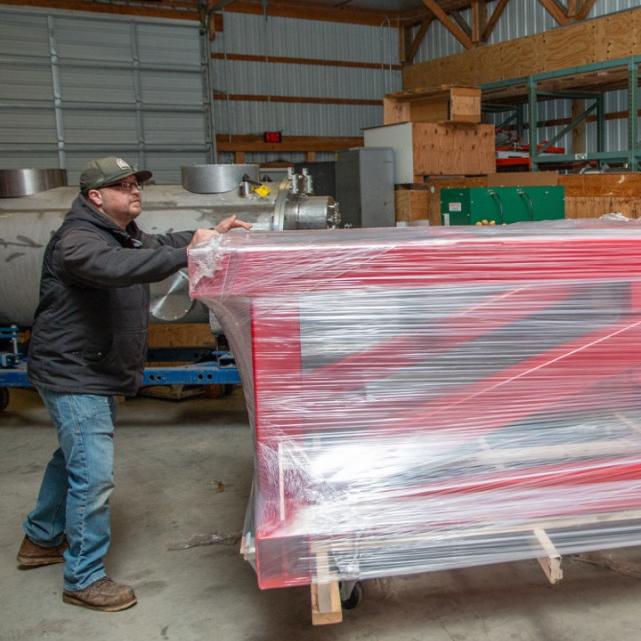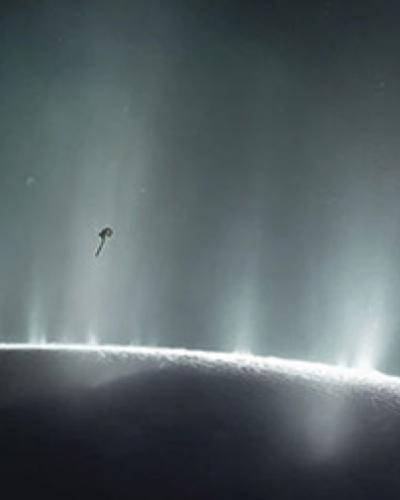"For decades, science fiction authors have imagined scenarios in which life thrives on the harsh surfaces of Mars or our moon, or in the oceans below the icy surfaces of Saturn's moon Enceladus and Jupiter's moon Europa. But the study of habitability—the conditions required to support and sustain life—is not just confined to the pages of fiction. As more planetary bodies in our solar system and beyond are investigated for their potential to host conditions favorable to life, researchers are debating how to characterize habitability."
Appearing in Nature Astronomy, the paper is titled "Sustained and comparative habitability beyond Earth."
"The study's lead author is Charles Cockell of the University of Edinburgh and JPL. In addition to Cockell, Simons, and Vance, additional co-authors are Peter Higgins of the University of Toronto; Lisa Kaltenegger of Cornell University; and Julie Castillo-Rogez, James Keane, Erin Leonard, Karl Mitchell, Ryan Park, and Scott Perl of JPL."
Read the full Phys.org article here.






